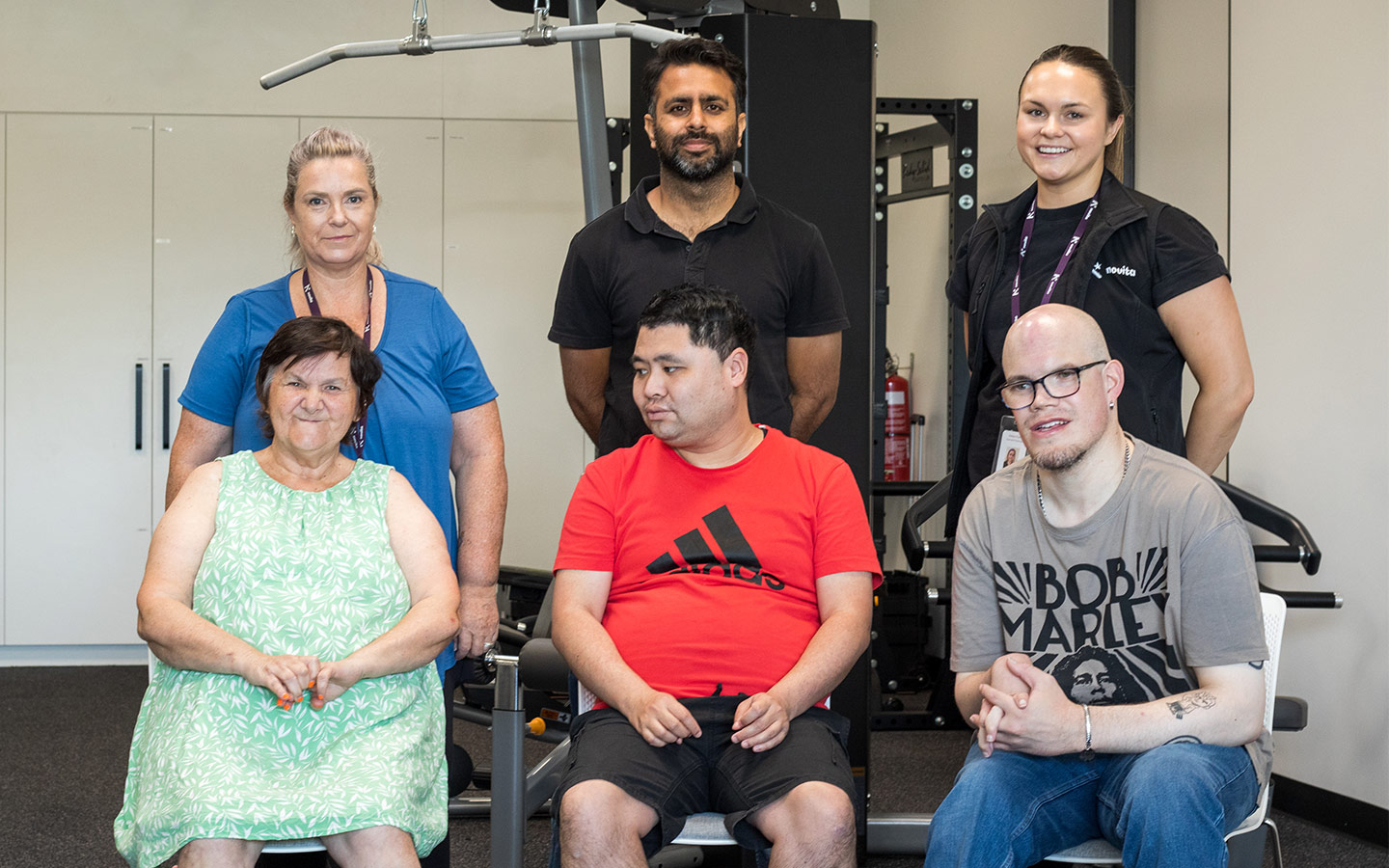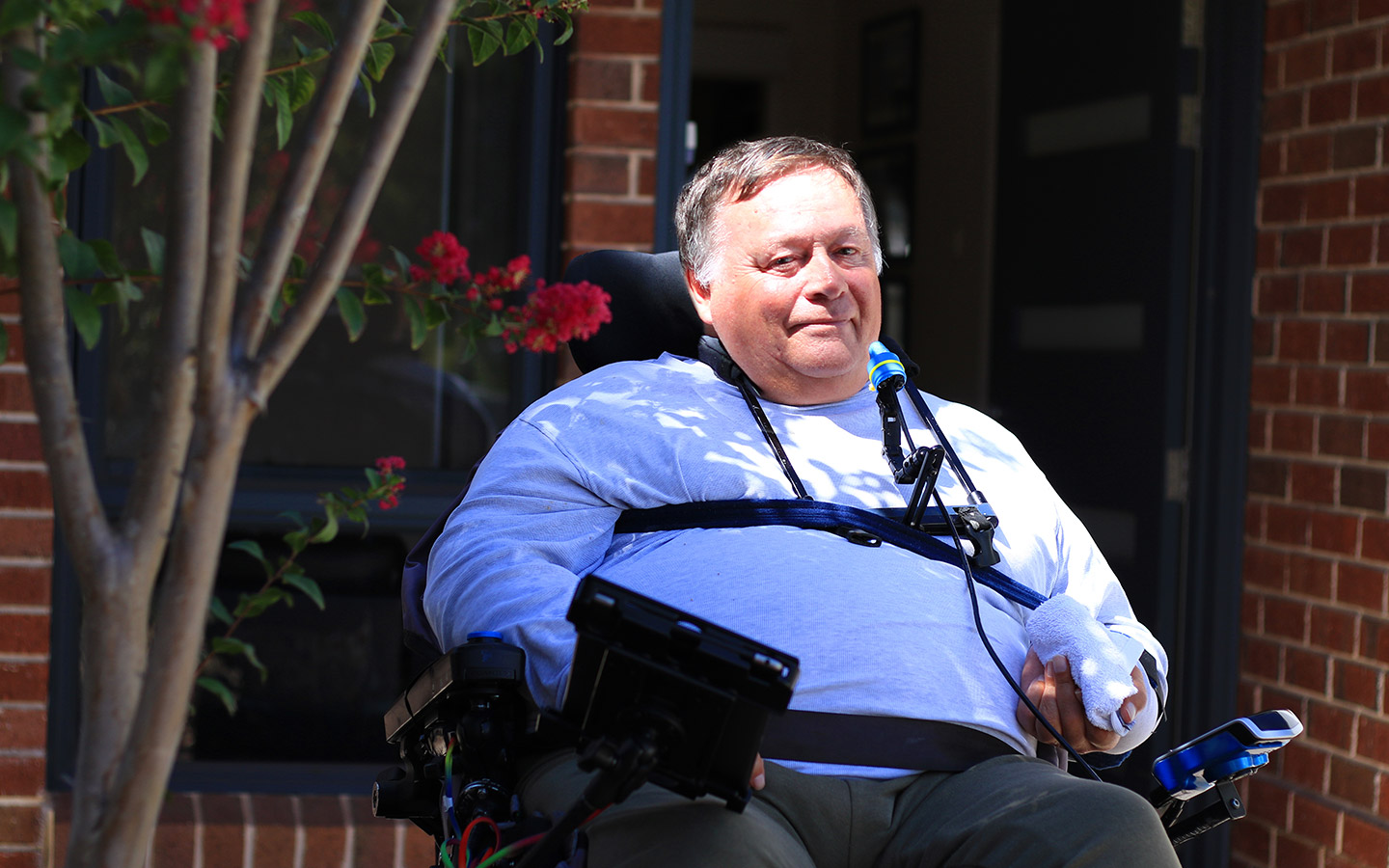Helpful Information
How people with disability can prepare for bushfire season
access_time25min read
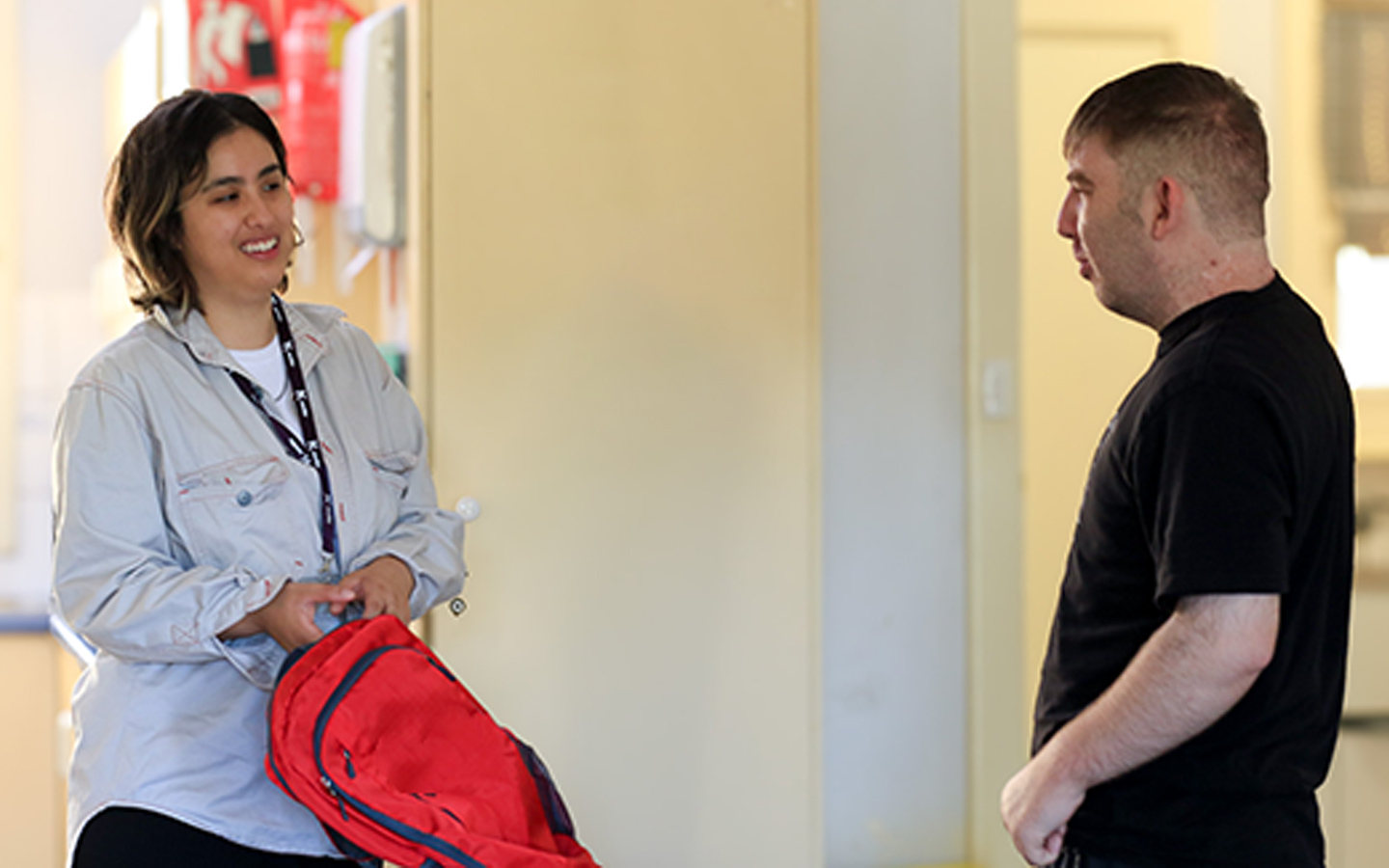
Being prepared for a bushfire is important. We provide useful tips and steps so you can feel safe and organised in case of a bushfire.
Bushfires can occur unexpectedly. It’s important for all South Australia’s to have a detailed and usable plan in case of a bushfire and most importantly, be ready to action it. You need to know what you will do when a bad fire day approaches including where you will go, when you will leave and what you will take. In South Australia, bushfires can occur without warning with residents of areas classified as having high, medium, or general bushfire risk needing to be the most prepared. In this article, we share important information about bushfire preparedness including how to create a Bushfire Survival Plan, how to be informed and other key considerations for preparation before a bushfire starts.
While this blog is an extensive guide, it doesn’t cover all scenarios and specific information, so we recommend for people to do their own research as well. Remember, every scenario is different, and having as much knowledge as possible is advisable when planning for a bushfire.
Step one
Be in the know
If you live or travel through a bushfire risk area, it’s important you are informed, know the Fire Danger Rating for the area you are in and understand what services are available to you. Do not rely on a single source for emergency warning information.
Here are some quick things you can do right now to prepare for a bushfire:
- Read more about locations by Council to check whether you live in an at-risk area
- Check the Fire Danger Ratings each day and stay informed using multiple sources of information. Fire Danger Ratings tell you how dangerous a bushfire could be if it did occur
- Subscribe to CFS warnings through the CFS website, download the Alert SA app and follow CFS social media to receive live updates about current incidents.
- Contact the Information Hotline on 1800 362 361 (TTY 133 677) to listen to a recorded message about fire restrictions, current incidents, or speak to an operator for more information.
- Understanding warnings — the CFS use three levels of warnings which are:
- Advice (Yellow): An incident has started. There is no immediate danger. Stay up to date in case the situation changes.
- Watch and Act (Orange): There is a heightened level of threat. Conditions are changing and you need to start taking action now to protect you and your family.
- Emergency Warning (Red): an Emergency Warning is the highest level of warning. You may be in danger and need to take action immediately. Any delay now puts your life at risk.
Step two
Create a Bushfire Survival Plan
Creating and practicing your Bushfire Survival Plan and is the most important step for people with disability. Putting this plan together will remind you about what you will need in case you need to leave. This could include medication, any assistive technology or support items, or any personal documents. A Bushfire Survival Plan can be created online through the CFS or on a word document. It is a step-by-step guide to ensure that you are well prepared in the event of a bushfire or other emergency. This way, if something does happen, you can calmly go through each step.
According to the Adelaide Hills Council, your bushfire emergency plan should:
- address specific needs and challenges including storing medication, keeping equipment and assistive technology, looking after your assistance animal, how to manage your condition during an emergency and what to pack in case of an emergency, ensure accessible communication methods are in place, including developing a communication plan, support system and how to communicate with first responders and emergency services, establish a support network of family, friends, and caregivers who can assist in emergencies,
- identify routes and accessible transportation options, which could include speaking with friends and neighbours ahead of time to ensure you can leave safety.
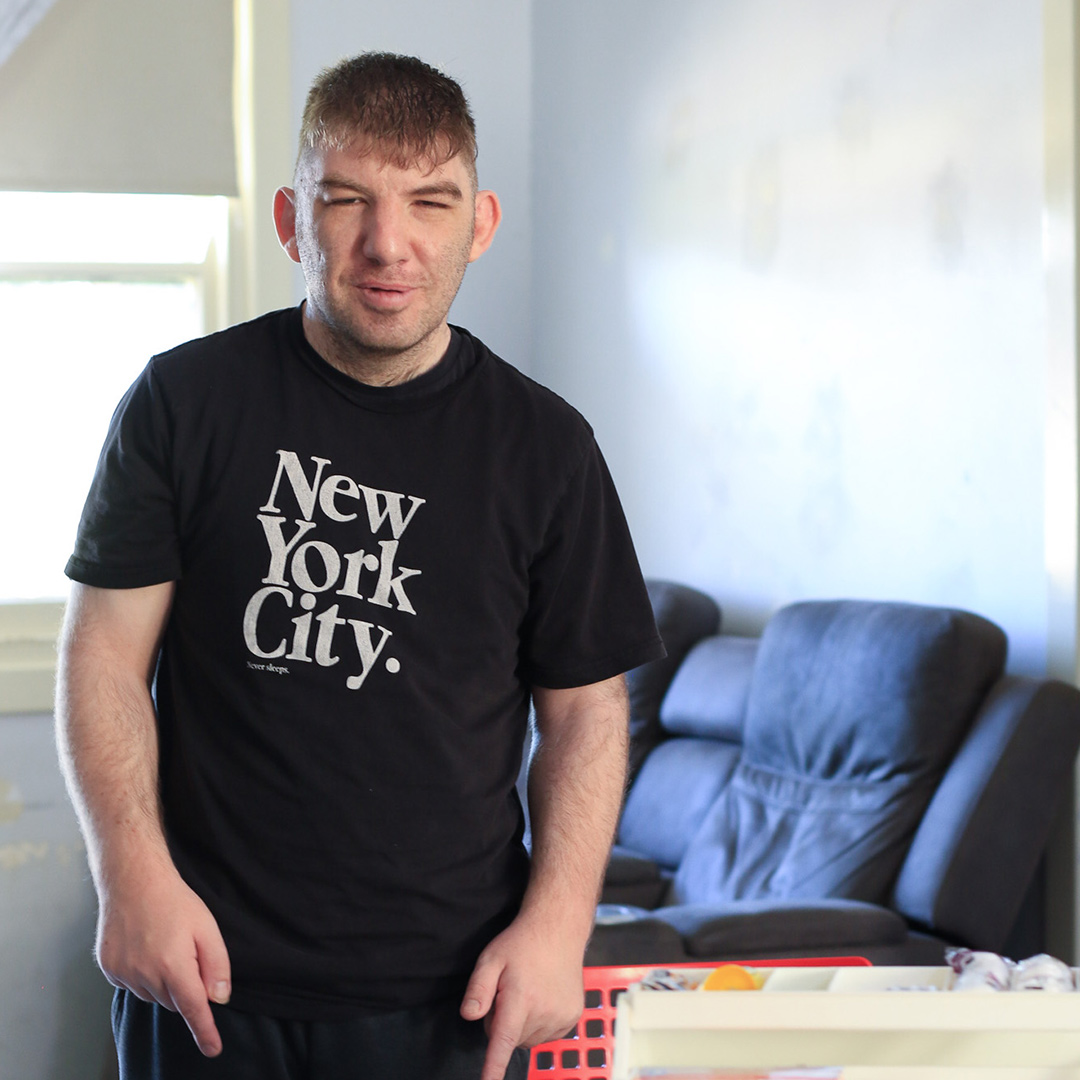
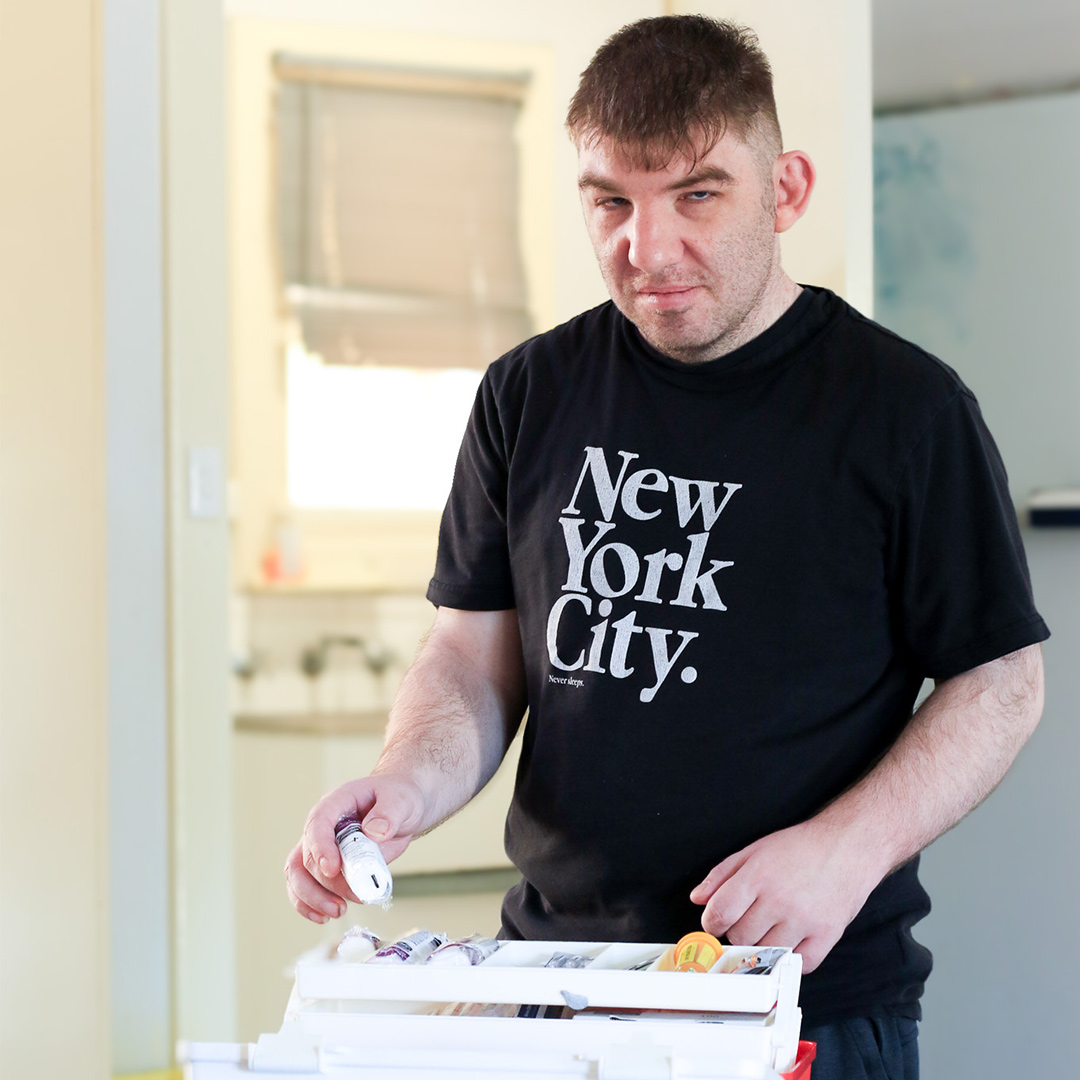
1. Addressing needs and challenges
When preparing your plan, you should address your specific needs and challenges. These could include using a wheelchair or having a certain supply of medication when you need to leave your home. When putting together your plan, you should consider the following:
Your medication:
- Do you have enough medication in the case of a bushfire (if not, is it possible for you or someone who cares for you to access the chemist?),
- Is your prescription up to date and easy to find?
- Have you spoken to your GP about creating an emergency supply of medicine?
- Do you have a list of your medication (either a digital document or on paper, stored somewhere easily accessible) which includes information about your condition, dosage, emergency contacts and potential allergies?
- Do you have at least several days’ supply of medication in case of an emergency?
- Is your Medicare card easily accessible?
- Do you have easy access to your doctor or specialist’s contact information?
- Do you need an ice pack or Esky to keep medication in case you need to leave?
Equipment/assistive technology:
- If you use a wheelchair or any other mobility device, speak with your physiotherapist about a back-up plan in case of damage, loss, or disrupted access to electricity.
- Show your support networks how to use, transport, assemble and disassemble your equipment and devices.
- Let your neighbours know that you might need extra support with your wheelchair/ mobility devices.
- Consider purchasing an extra battery or power supply for your device (if logistically and financially reasonable).
- Consider purchasing any extra spare parts for your device.
If you have an assistance animal:
Like you would for yourself, ensure your assistance animal is travel ready with items including:
- food,
- water,
- a first aid kit,
- any medications and prescriptions,
- a collar and leash,
- crate or carrier,
- and dog waste bags.
The CFS has a useful guide for how to care for pets and animals during a bushfire. For more information, click here.
If you are deaf or hard of hearing:
- Pack a pen and paper to communicate with others who aren’t familiar with sign language.
- Pack extra batteries/power supply for your hearing device, if you use one.
- Consider whether you need to acquire an extra hearing device.
- Ensure that you have a radio or alarm that has text display and alerts.
If you are blind or have low vision:
- Consider using braille/tactile labels for emergency and essential items – ensure that these are easy to find.
- Communicate to a neighbour and your support system what assistance you will need in case of an emergency.
- Consider acquiring extra glasses, vision aidsor mobility canes.
If you use Augmentative and Alternative Communication (AAC):
- Pack spare batteries and/ora portable charger for your electronic communication device, if you use one.
- Create a plan with your speech pathologist about how you can communicate without your electronic device (i.e., using laminated cards or pen and paper).
- Your speech pathologist can support you with creating an emergency communication card which includes information about yourself and your communication needs, to use with unfamiliar people in an emergency.
Building an emergency kit
A bushfire kit will contain your ‘essential items’ like batteries, medicine and identification. Your kit should be packed well ahead of an emergency and is a ‘grab and go’ item if you need to leave. According to the CFS, your bushfire kit should include:
- driver’s license/photo ID,
- passport,
- photos,
- will,
- jewelry,
- insurance papers,
- medical prescriptions,
- USB stick or file containing important files/papers,
- medicines and first aid kit,
- mobile phone and charger,
- battery powered radio, torch and spare batteries,
- overnight bag with change of clothes, toiletries, sanitary supplies,
- adequate amount of water and food,
- 100 per cent woolen blankets,
- important contact numbers including family, friends, Information Hotline 1800 362, 361, doctor, council, power company,
- a hard copy map with main routes, backup routes and petrol stations marked
- Protective clothing (long sleeved, made from natural material such as cotton, sturdy footwear/leather boots and a P2 mask) for each member of the family.
2. Communication
Communicating during a bushfire:
Developing a bushfire communication plan: We recommend that you do this with your therapy team to be organised in case of a bushfire. You can practice communicating with emergency services using your communication system (speech, AAC, sign language or other assistive technology). You might practice asking for help, explaining your circumstances and how you need to be supported. Preparing this ahead of time can help you to feel less anxious when communicating during a bushfire.
Creating an emergency communication card: Work with your therapy team or support network to create a laminated, sturdy card you can keep with you at all times. This card should include your first and last name, address, emergency contact details, communication preferences and needs, and relevant medical information, medication and dosage.
Using your communication system in an emergency: We recommend practicing this in your therapy sessions. You could ask your therapist how to use your system to effectively communicate in an emergency. They can work with you to ensure you have access to words and phrases to say what you need.
3. Developing a support network
When preparing for a bushfire, ensure you have compiled a list of people you regularly communicate with in case you need any support. The best way to keep these numbers would be on your phone, AAC device, laptop, wallet or on the fridge where you can easily see and access. Important numbers to keep are:
- parents,
- friends,
- family members,
- neighbours,
- community members,
- your care team (support worker),
- CFS and emergency numbers,
- and local Council
When building an emergency support list, you should include:
- information about where you keep your emergency supplies,
- information about your pet and assistant animal,
- information about your disability and how you can best be supported,
- and knowing the location and availability of more than one shelter and/or medical facility that can support you.
Here are some useful phone numbers and contact details you can call in case of an emergency:
- Ambulance, police, fire, emergency number – 000
- CFS Information hotline — 1800 362 361
- Crisis helplines and support
- Life threatening and emergencies – 000
- Non-life threatening situations – 131 444
- Mental health triage – 131465
- Beyond Blue – 1300 224 636
- Kids Helpline — 1800 55 1800
- Lifeline Australia – 13 11 14
4. Exit routes and transport options
We recommend that you communicate with your neighbours or people who live nearby that you may need support in case of a bushfire. You should communicate with your support network and develop a plan for alternative transport methods before a bushfire does occur. We recommend working on an exit plan together so that you don’t panic or rushed if something does occur.
The CFS has a list of Bush Fire Safer and Last Resort Areas for people in at risk areas. We have sourced information directly from the CFS to provide a brief explanation of these places:
A Bushfire Safer Place is an area that has been chosen as a place of relative safety. These areas could include metropolitan Adelaide and some regional townships and have been assessed as safer from the effects of bushfires because:
- it is in an area of low levels of bushfire fuel (e.g., no dry leaves, twigs or grass),
- it is far enough from continuous bushland or forest to reduce the risk of sparks and embers
- the bushfire will be interrupted by
- established gardens and lawns
- road networks and other low fuel areas
- there is likely to be access to emergency, health, and other community services.
On high fire risk days, a Bushfire Safer Place may be used as a place:
- for people to stay in, if they already live in a Bushfire Safer Place
- to leave early to from high bushfire risk areas.
Bushfire Last Resort Refuges are places you could go as a last resort and but are unlikely to provide protection or safety in an extreme fire situation.
The use of a Bushfire Last Resort Refuge is not recommended and should only be used if your plan has failed and you cannot reach a Bushfire Safer Place. Bushfire Last Resort Refuges are marked with a sign. They may be an oval/sporting ground, recreational area, community hall, foreshore, or carpark area.
There may be no facilities available at a Bushfire Last Resort Refuge and they are unlikely to be suitable for pets or livestock.
They will be extremely uncomfortable and there will still be risks. It is still a better option than being caught on the road or on foot.
Step three
Find out more
If you are concerned about bushfires, it’s important to talk to your support team to see how you can prepare. Your team can talk about how to keep calm, help you pack your bag and teach you more about when to leave.
The CFS has many different resources for people living with disability including a document about bushfire safety information. Adelaide Hills Council also has a portal for people with disability and emergency events which can be found here. They also have a simple steps guide which provides important questions about your bushfire preparation.
While this guide provides useful information about being prepared for a bushfire, we always recommend to read and research widely so you can be properly prepared.
If you’re concerned about an emergency or being prepared for a bushfire, we are here to support you. Our team can support you in creating a readiness plan, learning how to stay calm, packing an emergency bag, and when to leave. We will also support you with communication and how to ensure you and others in your household can stay calm during an emergency. Give us a call on 1300 668 482 or email [email protected] to find out more.
